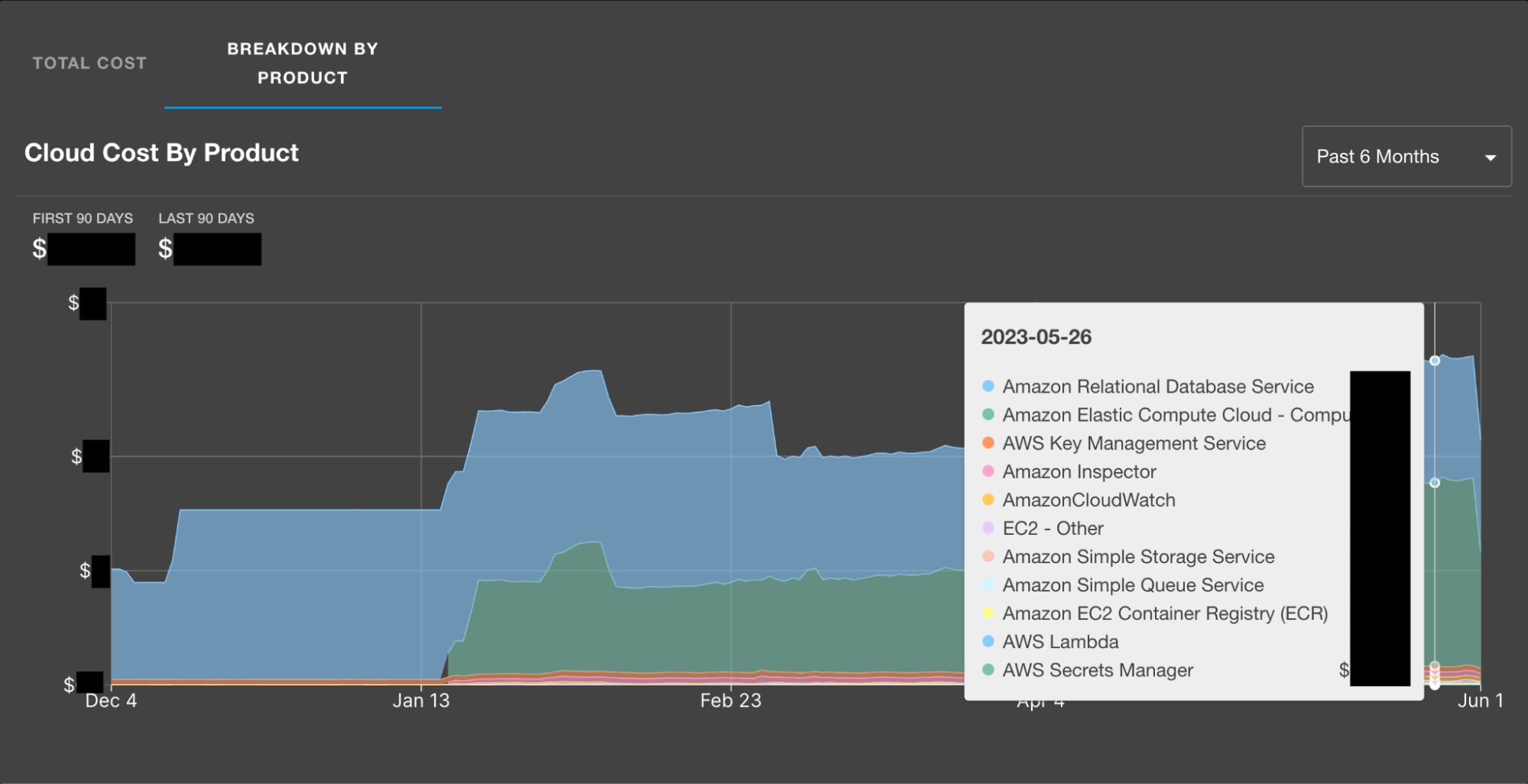Backstage Weekly 87 - What a holistic IDP looks like
By Jorge Lainfiesta • July 17th, 2023Hi y’all! Today I’m featuring stories to inspire you in your Backstage journey.
- Case study: how Stash is using Backstage to track health and ownership holistically.
- New to Platform Engineering? Start with the Scaffolder
Cross-service health and ownership with Backstage
You’re a growing company with strict quality and security requirements. And thanks to your agile culture and Cloud native architecture, you’re shipping features fast. However, managing ownership and health across the board becomes harder as your number of microservices and connected SaaS products grows. Who should a service owner follow up with if they need to update their service contract? Or how do you make a unified sense of various tools monitoring your software?
Stash, the FinTech bringing investment to a broader audience, found themselves in this familiar-yet-complex environment and leveraged Backstage to create a holistic Internal Developer Portal.

You’ll find this case study interesting if you’ve wondered how others are:
- Getting their services into the Catalog
- Leveraging CODEOWNERS to track changes in the codebase
- Creating a single pane of glass for their monitoring tools (FireHydrant and PagerDuty)
- Tracking infrastructure cost on AWS with Backstage
- Measure DORA metrics
There are even some code samples on how Stash is managing its Backstage instance. Make sure to check out the case study!
Want to start building on top of Backstage? Get a Roadie Backstage instance so you can start shipping features into your IDP without having to manage an instance. Get a demo now!
Platform Engineering doesn’t mean big scary migrations
You already run a Platform for your software, whether that is a scrapbook of tools that you inherited or an intentional and governed environment. To take your Platform to the next step of maturity, you don’t need to stop everything and re-arrange your infrastructure and tooling.

My proposal is to start enabling self-service capabilities through a thin layer on top of whatever you already have in place. Here’s where setting up Backstage’s Scaffolder shines. Using software templates, you can orchestrate the different pieces of your infrastructure to meet quality standards while reducing the cognitive load on developers.
Check out my new article for The New Stack on using the Scaffolder as an entry point for self-service.